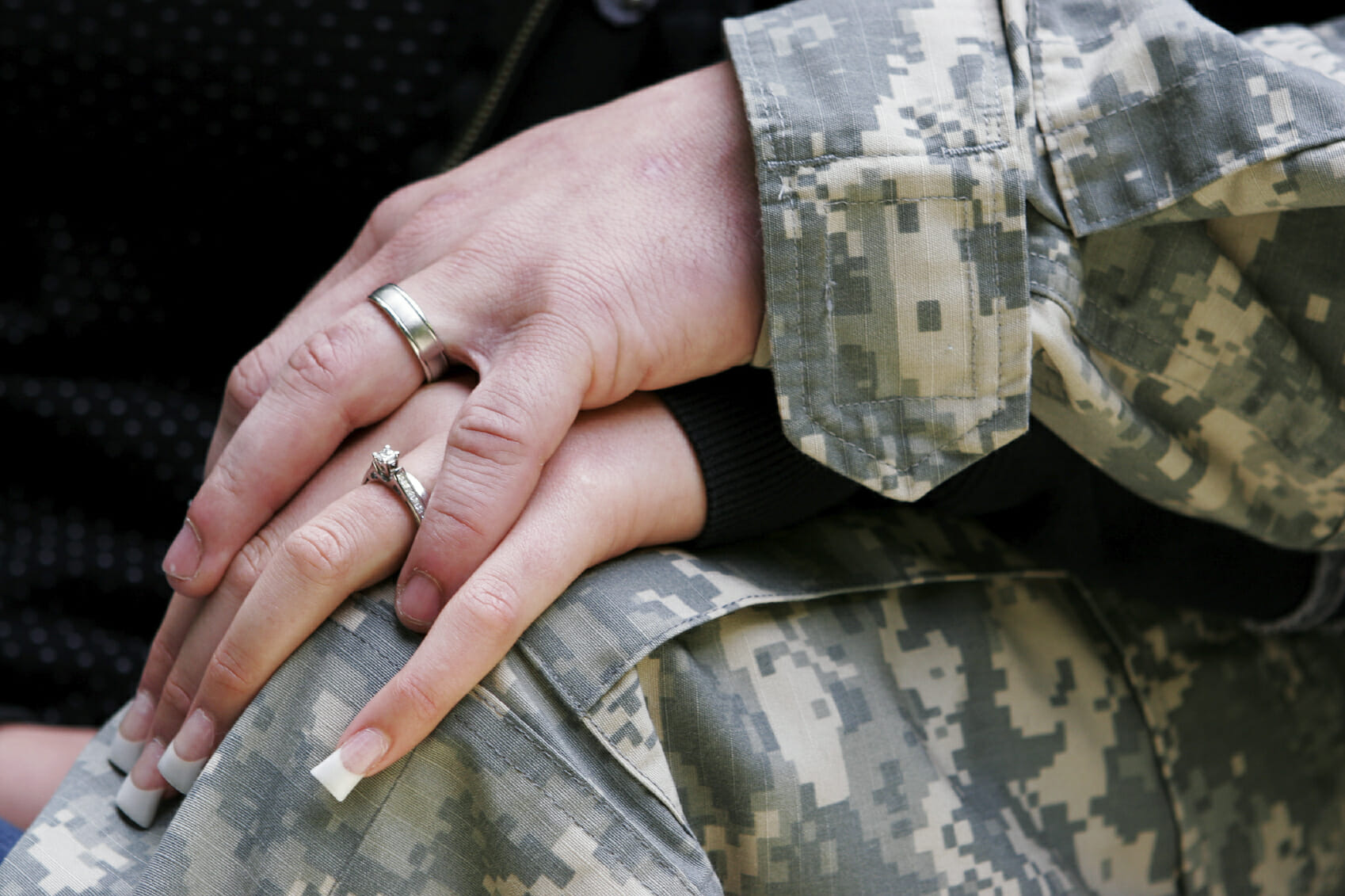
Dual Military Couples: What Benefits Are There?
When one military member marries another, the couple becomes a “dual military” couple, also known as mil-to-mil marriages. Different branches of service may use other terms. Dual military couples are common, and the number of same-service couples may be larger than those who marry someone from a different branch of service. Army spouses, Air Force…
